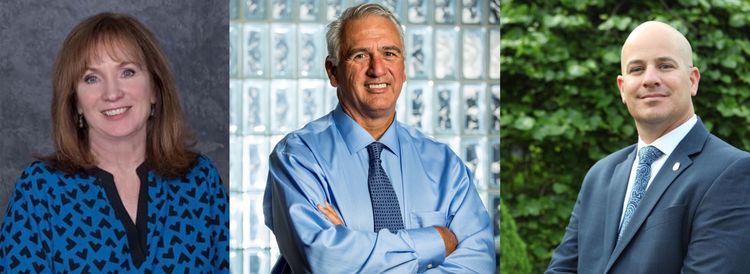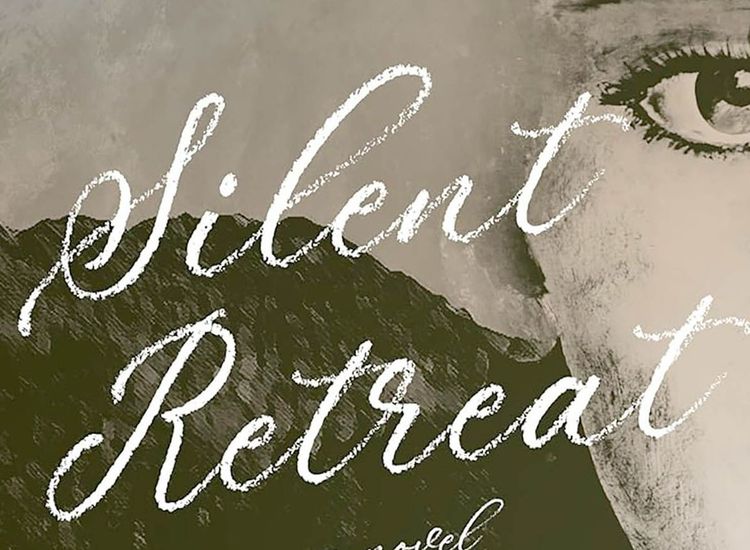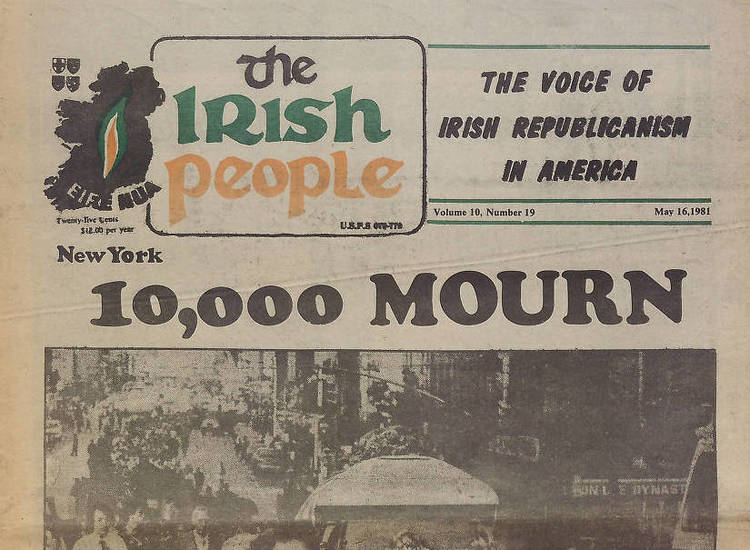By Daniel Neely
The Catskills Irish Arts Week is one of the Irish America’s great teaching institutions, and this year CIAW will run July 10-16. It will once again feature a truly remarkable staff, including artists in residence Seán Ó Sé, Seamus Connolly, and Matthew Allen; fiddle instructors Willie Kelly, Patrick Ourceau, Matt Cranitch, Dave Sheridan, Dylan Foley, Seán Cleland and Nollaig Casey; flutes instructors Conal Ó Gráda, Laurence Nugent, Margie Mulvihill, Isaac Alderson; whistle instructors Mary Bergin, Joanie Madden, Linda Hickman, Deirdre Corrigan; accordions Billy McComiskey, Jackie Daly, Benny McCarthy, Patty Furlong, Charlie Piggott, and Mirella Murray; piano instructors Kathleen Boyle and Brendan Dolan; uilleann pipers Benedict Koehler, Shelia Friel, and Joey Abarta; concertina instructors Gearóid Ó hAllmhuráin, Doug Barr, and Shannon Dunne; banjo drivers Pauline Conneely and Don Meade; mandolinist Mary Coogan; a harp staff featuring Eileen Gannon, Hilari Farrington, and Iris Nevins; Irish language teacher Mícheál Ó Máille; bodhrán teachers Brian Casey and Colm Ó Murchú; bouzouki teacher Seán Earnest; singers Róisín White, Nell Ní Chróinín, and Aoife Clancy; dancers Pádraig McEneany, Donny Golden, and Kieran Jordan; and many more! It’ll be an unbelievable week, visit catskillsirishartsweek.com for info and enrollment details.
Many of you reading will not only recognize the names listed above, but you’ll know CIAW over the last 22 years as an important destination for the country’s traditional musicians. What fewer may realize is that there is a fascinating back story to the week that those who grew up going to the Irish Catskills, and East Durham in particular. It’s not just that it was something of a cultural enclave, where music and cultural traditions were given space to breathe, it was a place people would go spend their money, where families would go for long vacations, and where young folks would first find love.
This is the thrust of a fascinating recent documentary “Irish Catskills: Dancing at the Crossroads,” written, directed, and produced by Kevin Ferguson which tells the story of the development of the Catskills as an Irish resort.
If the film sounds familiar, it should: Pat Fenton wrote about it here in the Echo back in March, in advance of a limited TV release for St. Patrick’s Day. But while Fenton’s piece focused on the film’s nostalgic quality (which is surely one of the film’s outstanding features), my musicologist’s eye was attracted to the moments that flag traditional music's more recent history and reveal the course of today’s top players.
I’m thinking of Joanie Madden talking about the relationship with her father, and how he pushed her to learn how to “entertain”; of Brendan Dolan talking about bar economics and what it takes to “keeping the party going”; of Don Meade talking about what makes him happy in a session; of Bernadette Fee talking growing up with a peer group that danced like she did; and of the warmth of Billy McComiskey simply playing a tune, in front of a pair of Solair patio chairs.
A lot of these moments get at change and reinvention, two of the films underlying themes. If indeed it was “air conditioning, airlines, and assimilation” that unmade the Catskills, these moments speak to what has re-made it for the current generation. And as I watch this film, I see a bunch of musicians, some of whom grew up there and some who were drawn to it by affinity, most of whom aren’t identified, including Joey Abarta, Nathan Gourley, Brian Holleran, Dan Restivo, Brendan Fay, the members of Girsa, Dylan Foley and Dan Gurney, Patty Furlong, Margie Mulvihill, John Reynolds, Kieran Jordan, and Mattie Talty, who span generations and together all play a role in ensuring traditional music’s solvency.
It’s a point well captured by Jackie O’Riley, a dancer who in speaking very passionately about the ceilis rightly pointed out that they were perhaps no longer “the social hub of a young person’s life” in the way they once were. (It contrasts so wonderfully with Joan Dolan’s memories of the dancehalls of her youth.) But at the same time, O’Riley expresses a different sort of love for the Irish Catskills, one that reminds us of continuity in spite of changes in the week’s stewardship, of the burden of regional economic instability, and of the many musicians who have passed along the way. most important, however, reminds us that traditional music and dance are very much alive and at home in East Durham and that there are a lot of good people involved in ensuring it stays that way.
This documentary should be required watching for anyone – be you from America, Canada, or Ireland – who has attended or taught at the Catskills Irish Arts Week, if not to better understand the historical trajectory of the week they’re a part of, then to be better aware of how important the week’s remains today. Definitely recommended. “The Irish Catskills” runs 57 minutes and the DVD includes 30 additional minutes of bonus footage. To learn more about future broadcast dates (there will be several) or to purchase the DVD, visit www.narrowbackfilms.com.









